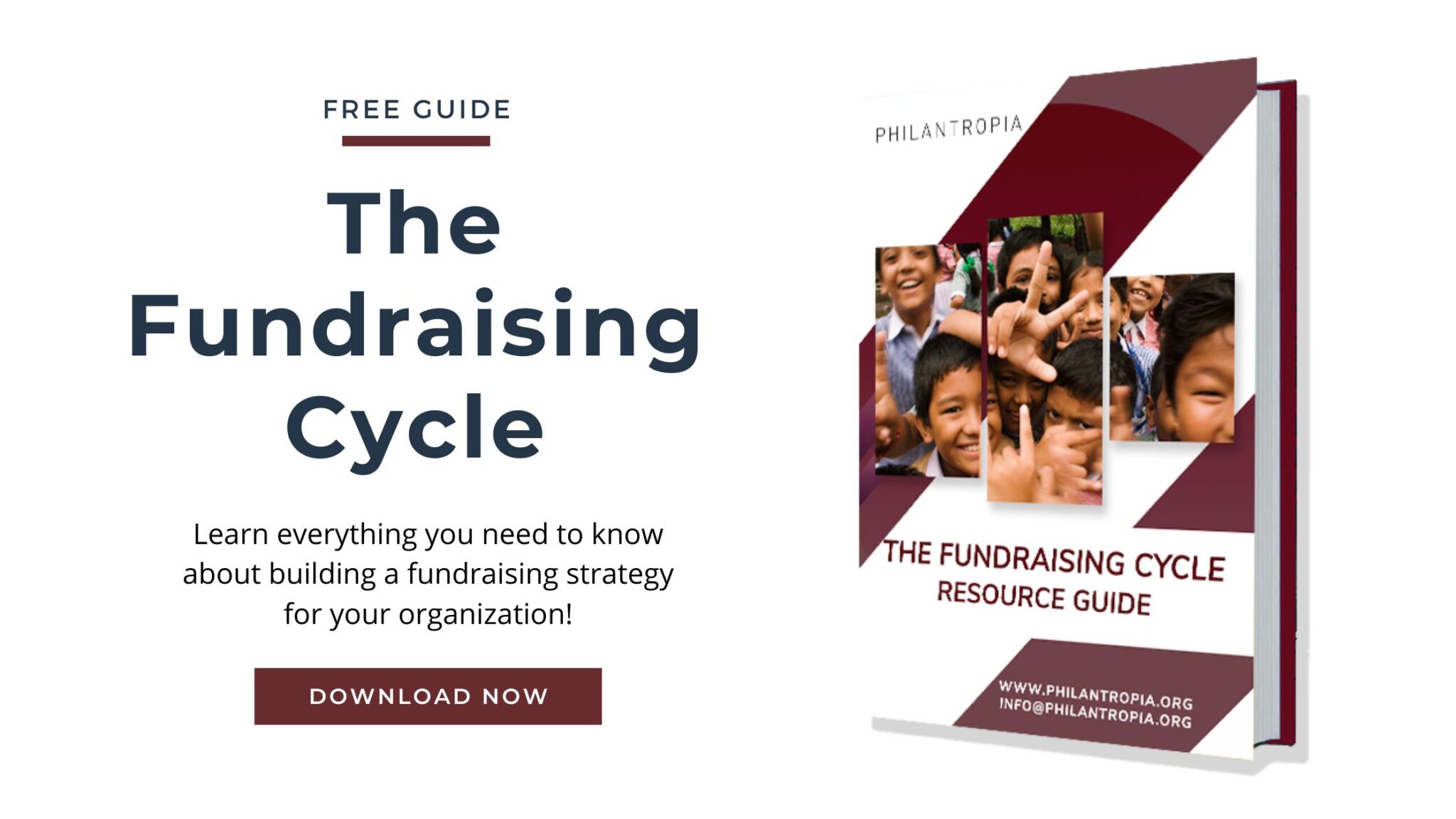Choosing the right words and organization of your proposal is important to best communicate your project to the donor. Additionally, how you present this information can also play a leading role in making sure the donor gets the message.
This is where formatting comes in. Formatting is often seen as a way to ‘beautify’ a document, but it is also an important way to make sure the information is clearly presented and easy to read. There are many ways to format a proposal. Components of formatting include font style, font size, line and paragraph spacing, heading style, chart and table elements, color scheme, and many other elements which are both decorative and functional.
Here are 5 tips to make sure you choose the right format for your proposal!
Get the content right first
Before worrying about how to format a proposal, make sure you have a good foundational text to format. Proof-read, check the text for clarity, make sure every part of the proposal needed is included. A good format is a finishing touch for a proposal, so make sure the rest of the document is complete before beginning. The format should fit your proposal, not the other way around.
Set purpose
All formatting should complete a purpose. Make sure you are aware of what that purpose is. Is there a line or part of the proposal that is very important and needs to draw the donor’s attention? Maybe the M&E plan is too complicated, and you need a format to make it seem simple. Or, possibly all you want is to make your proposal stand out in the crowd. Good formatting can do all these things and more. Just make sure you are clear on what role formatting will play before choosing a format.
Start with defaults
Most word processors, and Microsoft Word in particular, already come with pre-designed professional layouts, formats, and color schemes. In Microsoft Word, these options can be selected under the “Design” button on the ribbon. You do not need to pay a professional designer or spend hours making an original format if you know how to use your word processor correctly. Start with these options, test how they look on your document and make changes where necessary.
Function before beauty
First and foremost, your proposal needs to be readable. Avoid using cursive or hard-to-read fonts, too much color, underlining of non-links, small spacing, or other distractions. While few donors have strict guidelines on formatting, 12 pt. font in Arial or Times New Roman with 1.5 spacing is fairly standard. Also, check to make sure the proposal and its graphics would be readable if printed out in greyscale and large pixels. Once the basics are set, then you can experiment with borders and images and color schemes.
Be consistent
Once you have finalized your format, make sure that formatting is applied correctly throughout the entire proposal. Inconsistent formatting can make a proposal feel disjointed, even if the text does, in fact, flow well. It can also be a tell-tale sign to the donor that sections were copied and pasted together and rushed through. Worse, a donor could wonder if the proposal was plagiarized.





Thank you very much for the information. It’so insightful!
Dear Wisdom:
Glad you found the article helpful.